Archives
- 2025-12
- 2025-11
- 2025-10
- 2025-09
- 2025-03
- 2025-02
- 2025-01
- 2024-12
- 2024-11
- 2024-10
- 2024-09
- 2024-08
- 2024-07
- 2024-06
- 2024-05
- 2024-04
- 2024-03
- 2024-02
- 2024-01
- 2023-12
- 2023-11
- 2023-10
- 2023-09
- 2023-08
- 2023-07
- 2023-06
- 2023-05
- 2023-04
- 2023-03
- 2023-02
- 2023-01
- 2022-12
- 2022-11
- 2022-10
- 2022-09
- 2022-08
- 2022-07
- 2022-06
- 2022-05
- 2022-04
- 2022-03
- 2022-02
- 2022-01
- 2021-12
- 2021-11
- 2021-10
- 2021-09
- 2021-08
- 2021-07
- 2021-06
- 2021-05
- 2021-04
- 2021-03
- 2021-02
- 2021-01
- 2020-12
- 2020-11
- 2020-10
- 2020-09
- 2020-08
- 2020-07
- 2020-06
- 2020-05
- 2020-04
- 2020-03
- 2020-02
- 2020-01
- 2019-12
- 2019-11
- 2019-10
- 2019-09
- 2019-08
- 2019-07
- 2019-06
- 2019-05
- 2019-04
- 2018-11
- 2018-10
- 2018-07
-
In the previous study concerning HO mediated inhibtion of
2022-04-13
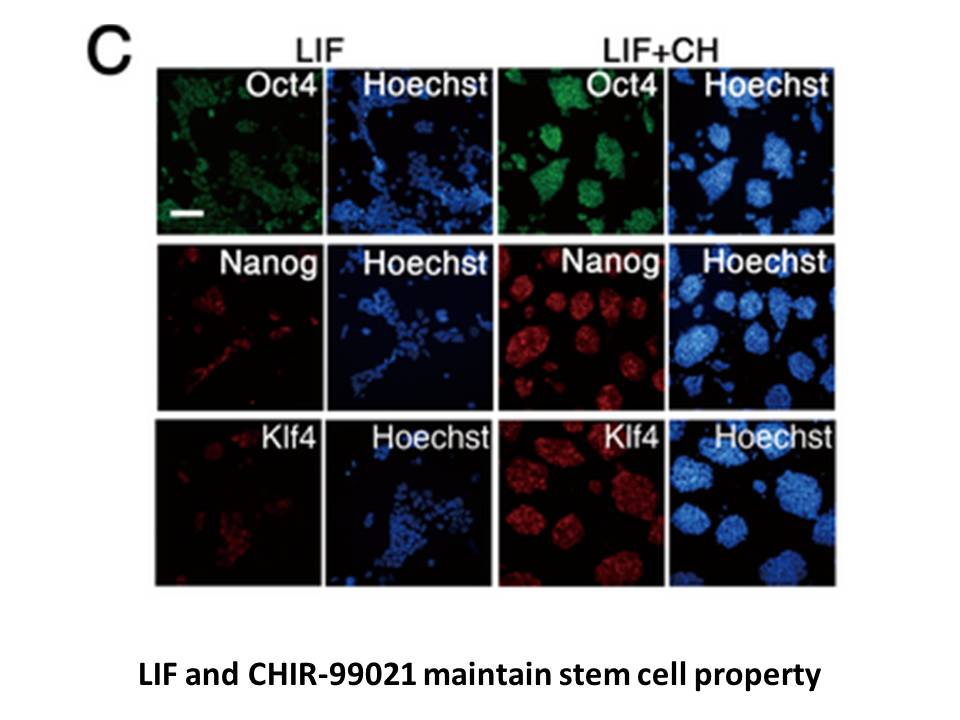
In the previous study concerning HO-1-mediated inhibtion of HCV replication, the mechanism underlying IFN-α/β indcuction by HO-1 involved in HO-1-catalyzed heme metabolic product, biliverdin (Zhu et al., 2010; Lehmann et al., 2010). However, in the present study SnPP, an inhibitor of HO-1 enzymatic
-
The Hedgehog signaling pathway HH pathway hereafter is vital
2022-04-13
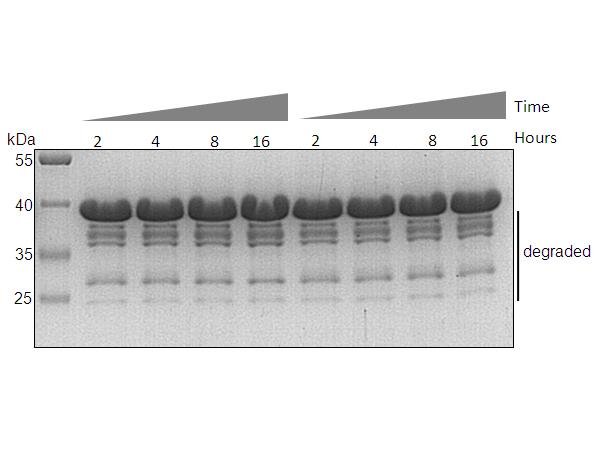
The Hedgehog signaling pathway (HH pathway hereafter) is vital for development and tissue homeostasis. [4] In recent years, studying the role of the HH pathway in carcinogenesis and cancer stemness has highlighted the HH inhibitors as putative cancer therapeutics [5]. However, clinical application o
-
br Results br Discussion To
2022-04-13

Results Discussion To further evaluate the extent of H3T3A and H3T3D roles in the segregation of sister chromatids enriched with different populations of H3 during mitosis (Figure 1B, step two), we modeled all possible segregation patterns in male GSCs and compared these estimates to our exper
-
For the SAR study human haspin kinase inhibitory activity of
2022-04-13
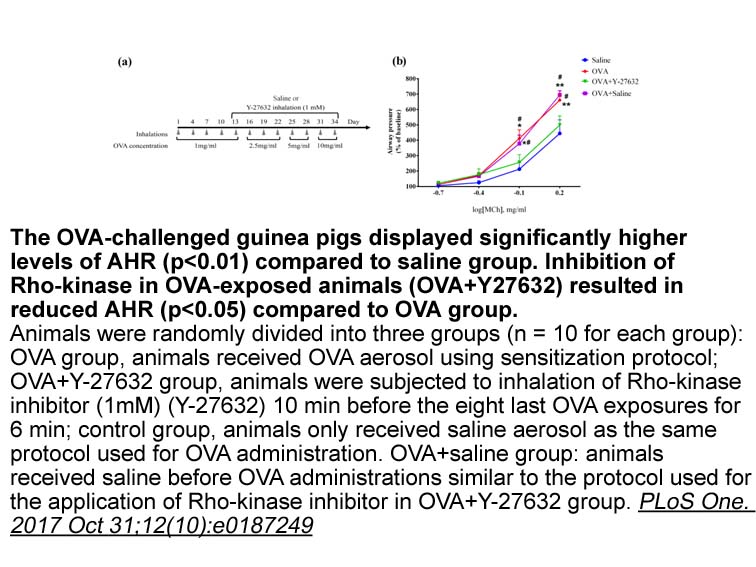
For the SAR study, human haspin kinase inhibitory activity of the various compounds was evaluated using the same assay utilized for the HTS, except in the presence of varying test compound concentrations. DYRK2 kinase inhibitory activity was measured by P-incorporation into Woodtide peptide substrat
-
In conclusion three heat stable cyclic peptides guanylin uro
2022-04-13
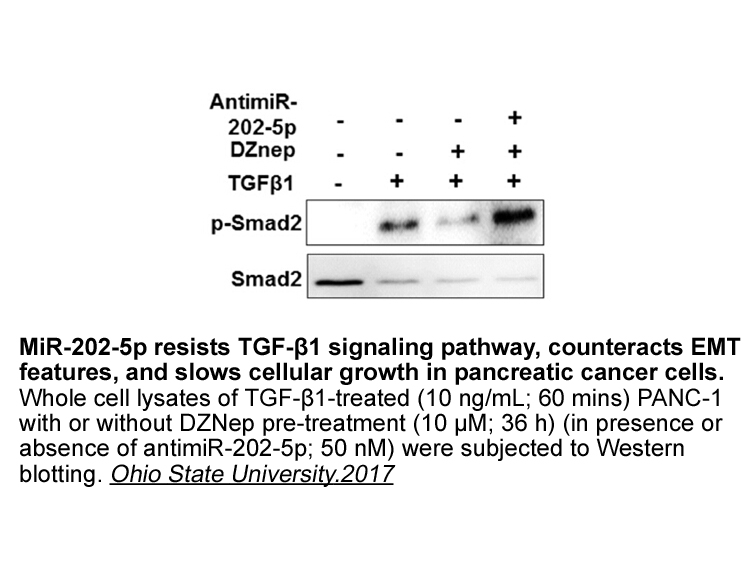
In conclusion, three heat-stable cyclic peptides, guanylin, uroguanylin and renoguanylin are expressed in the intestine and kidney of the European eel, Anguilla anguilla. Their physiological functions are likely to be mediated, at least in part, by two isoforms of the guanylate cyclase type C recept
-
br Methods br Transfollicular penetration of herbs
2022-04-12
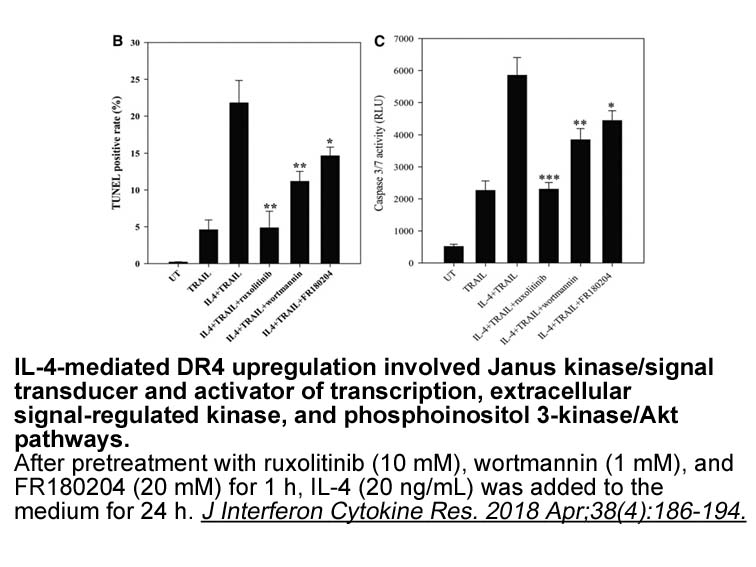
Methods Transfollicular penetration of herbs and their active constituents used for hair loss treatment The transfollicular administration of pharmacologically active molecules is recognised as a significant element for therapeutic interest, mainly with regard to delivery to specific sites of
-
Human GPR hGPR was originally isolated in as an
2022-04-12
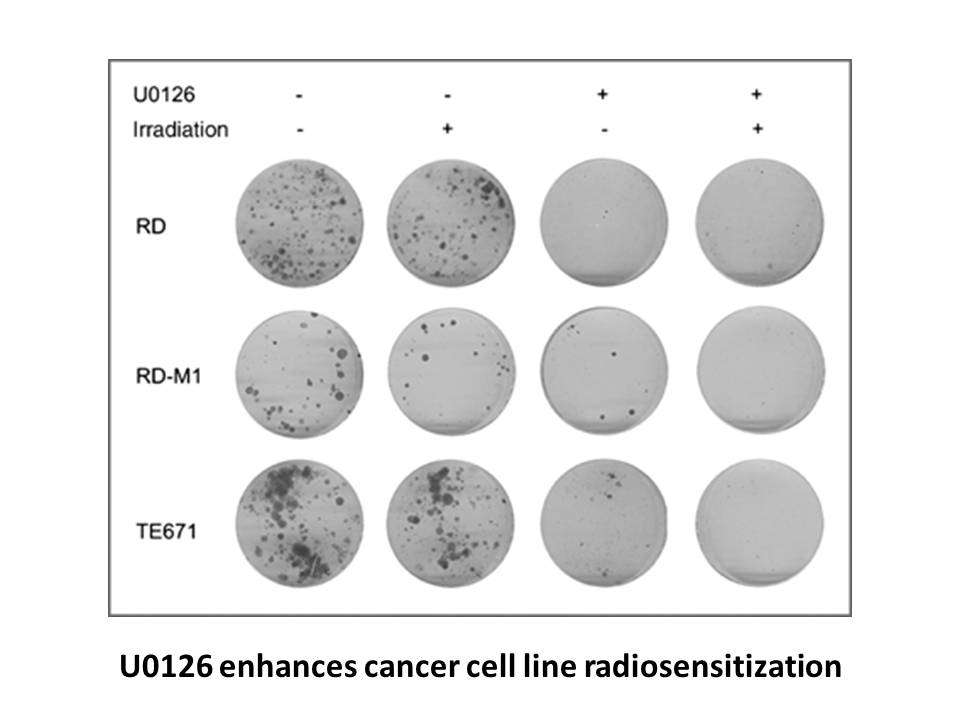
Human GPR55 (hGPR55) was originally isolated in 1999 as an orphan GPCR with high levels of expression in human striatum (Sawzdargo et al., 1999) (Genbank accession # NM_005683.3). hGPR55 was mapped to human chromosome 2q37, and in the human CNS it is predominantly localized to the caudate, putamen,
-
NIBR189 The GLU Epac transgenic mouse enabled us to
2022-04-12
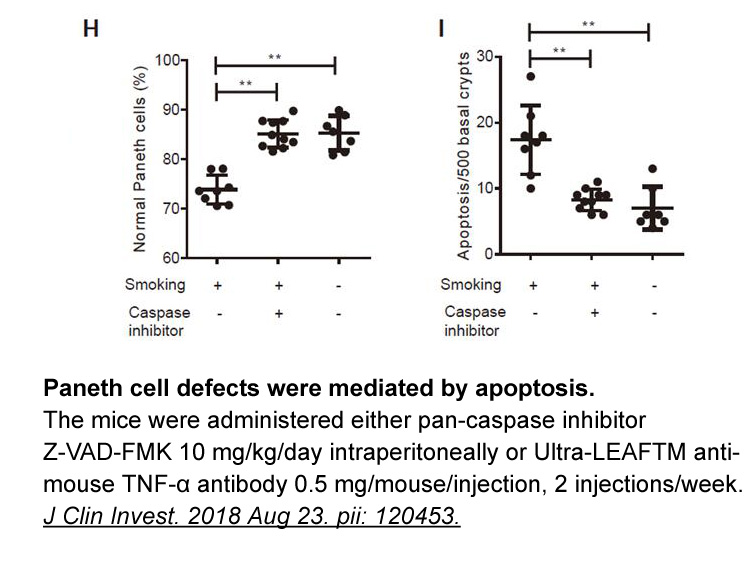
The GLU-Epac transgenic mouse enabled us to monitor cAMP responses to GPR119 ligands in individual primary cultured L-cells. Not all L-cells were found to be responsive to AR231453, suggesting there may be a subpopulation of L-cells that do not express functional GPR119. There was a tendency for sma
-
Among the compounds prepared at
2022-04-12
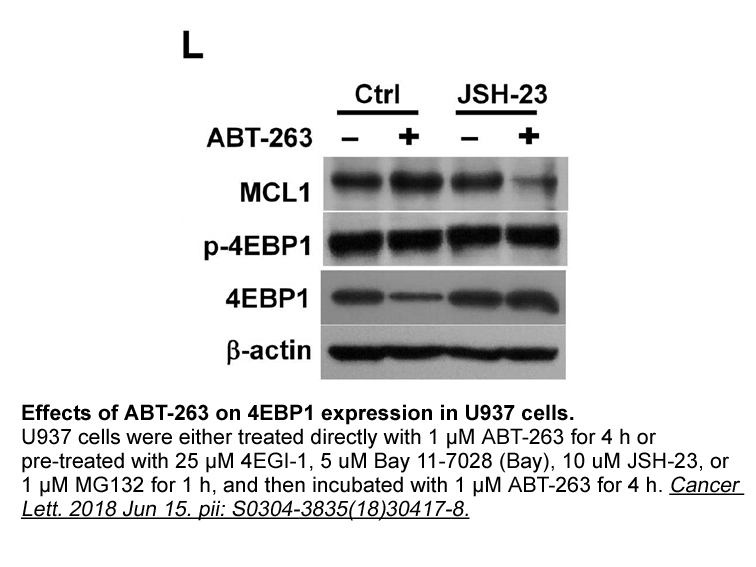
Among the compounds prepared at this stage, the cyclopropylmethylenoxy analogue attracted our most attention since it demonstrated particularly good in vitro potency at GlyT1 (16nM), no activity at the GlyT2 isoform up to the highest concentration tested (30μM), good physical properties with modera
-
Hepcidin expression was not affected under GlyT
2022-04-12
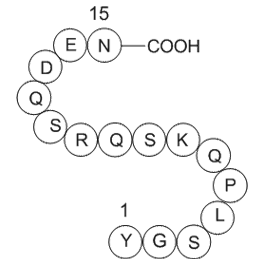
Hepcidin expression was not affected under GlyT1 inhibition. Hepcidin downregulation is well documented in conditions of ineffective erythropoiesis and dyserythropoietic anemias, including sideroblastic anemia 33, 34. Systemic iron acquisition under these types of anemia is obviously independent fro
-
GlyRs are members of the superfamily of Cys loop
2022-04-12
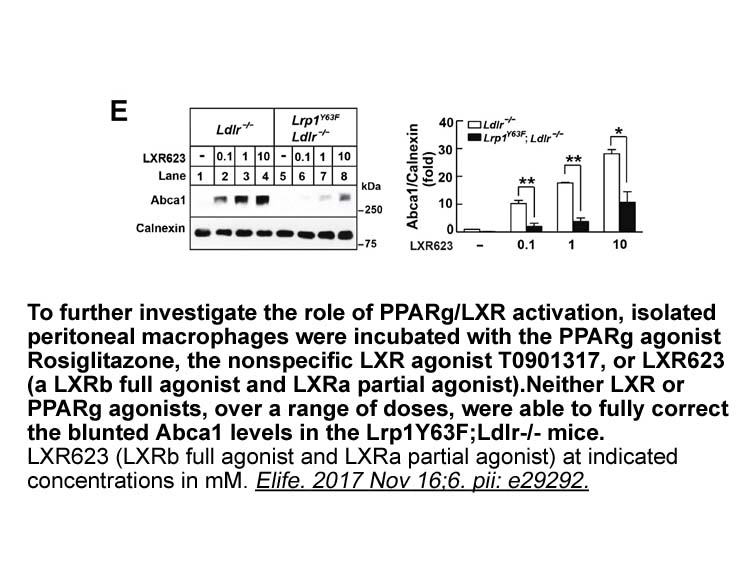
GlyRs are members of the superfamily of Cys-loop receptors (CLRs) [3]. They form postsynaptic pentameric receptor complexes of α1 and β subunits anchored via the scaffolding protein gephyrin [4]. GlyRs are composed of several domains with the large N-terminal extracellular domain (ECD) important for
-
The general synthetic routes leading to
2022-04-12
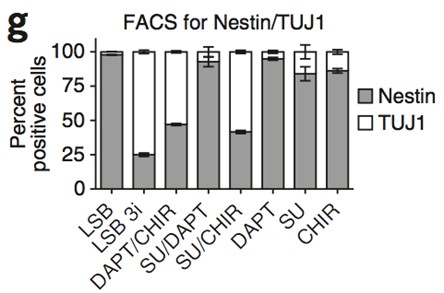
The general synthetic routes, leading to aspartate and 2,3-diaminopropionate analogs, are shown in . As outlined in , aspartic heat shock protein inhibitors analogs – were synthesized through standard carbodiimide-mediated coupling between an amine and an appropriately protected aspartic acid. It i
-
In addition to the increase of
2022-04-12
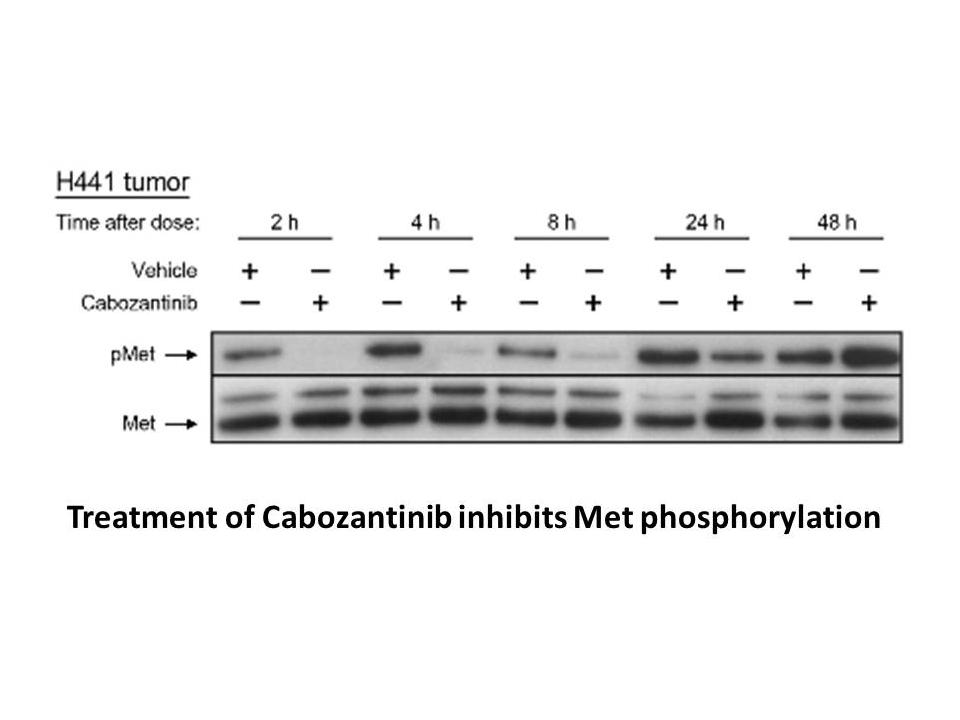
In addition to the increase of extracellular glutamate, ICH can also increase the levels of reactive oxygen species (ROS) and oxidative stress. Although the products of red blood cell lysis and plasma components, as well as the excitotoxic effect of glutamate have been to increase oxidative damage (
-
A number of models have been proposed in order to
2022-04-12

A number of models have been proposed in order to explain the mechanisms of protein transport through nuclear pore complexes. One theory is that the transport is mediated by specific peptide signals known as NLSs. The classical NLSs are short sequences containing a high proportion of the positively
-
br Experimental Procedures br Acknowledgments This
2022-04-12
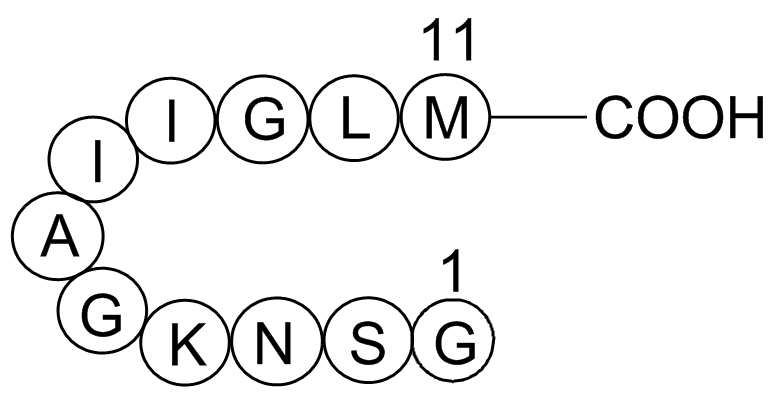
Experimental Procedures Acknowledgments This work was supported by NIH/National Human Genome Research Institute (NHGRI) R00 HG006922 and NIH/NHGRI R01 HG008974 (to J.G.), the Huntsman Cancer Institute, and the Women’s Cancers Disease-Oriented Team at the Huntsman Cancer Institute. Research rep
16607 records 500/1108 page Previous Next First page 上5页 496497498499500 下5页 Last page